Affiliate links on Android Authority may earn us a commission. Learn more.
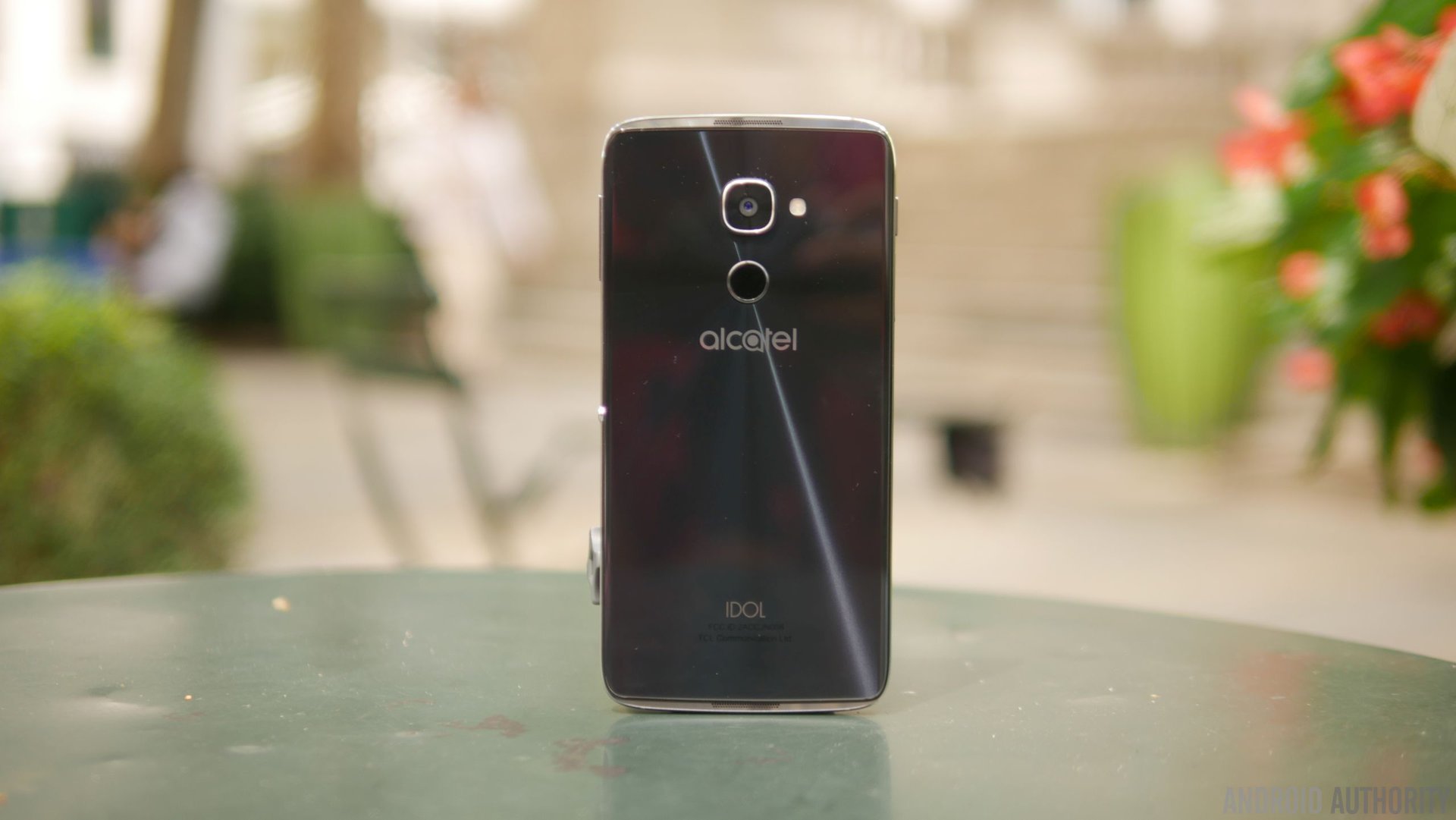
Alcatel Idol 4s review
Published onJuly 22, 2016
Alcatel Idol 4s
What we like
What we don't like
Our scores
Alcatel Idol 4s
Alcatel made some noise last year with the release of the OneTouch Idol 3 as an affordable and attractive package that caught the eye of consumers. The OneTouch Idol 3 was very much a budget-friendly mid-range smartphone, but while its Alcatel may have dropped the OneTouch branding with its successor, the Idol 4S improves on it by offering better specs at an equally affordable price tag. On paper, the smartphone definitely looks the part, but does it deliver?
With a few tweaks since the version we saw at MWC, is the Idol 4S a smash hit or does it fail to live up to the hype of its predecessor? Let’s find out in this, our Alcatel Idol 4S review.
Design
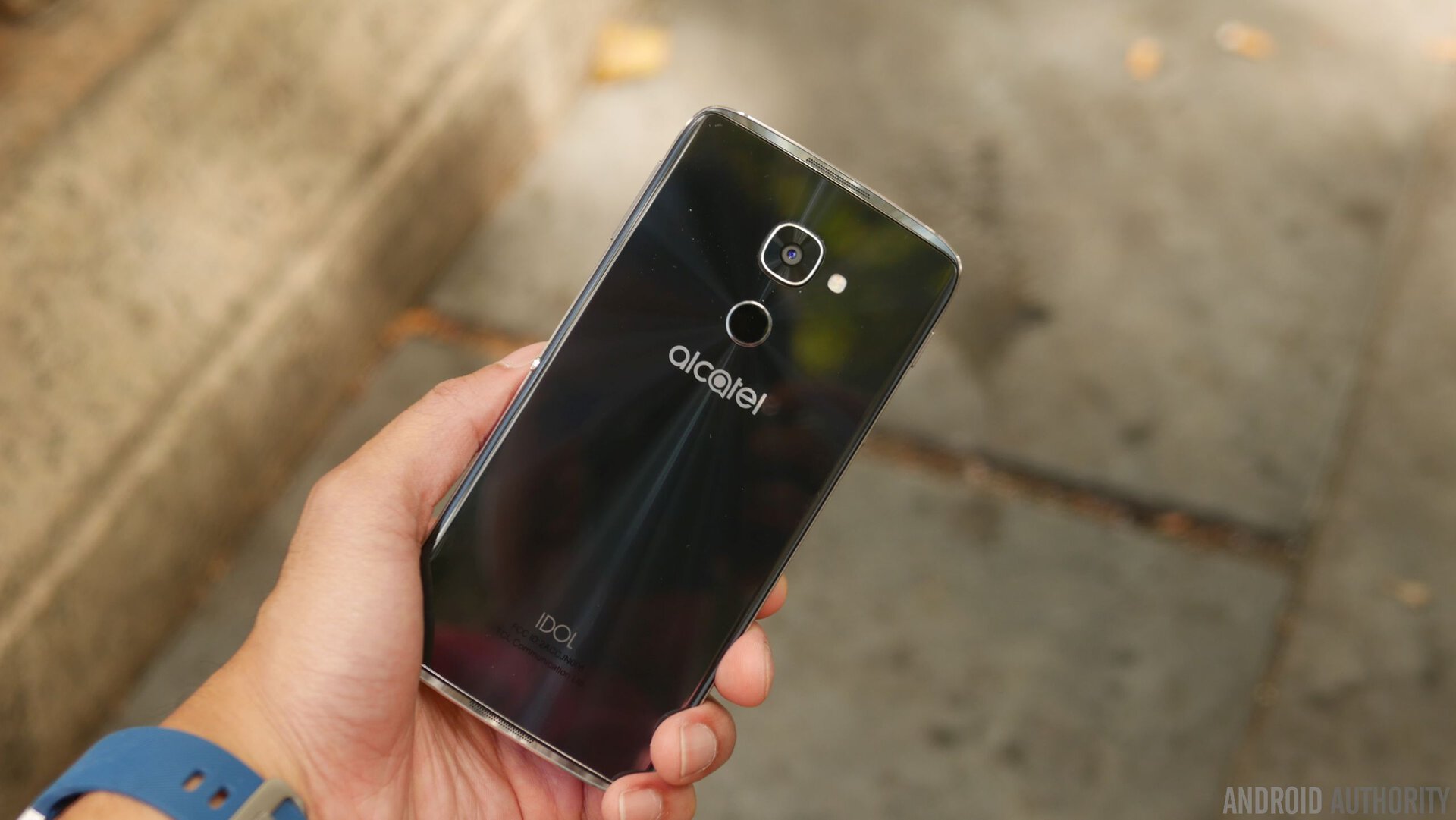
After what can only be dubbed a successful 2015, Alcatel is attempting to progress with its smartphone offering, and the Idol 4S comes wrapped in a build that is beautifully designed and far more premium in nature when compared to last year’s product.
Thanks to its glass-meets-metal construction and the contours of the edges, the Idol 4S reminds us of recent Samsung flagships, yet it doesn’t have the refinement of the Galaxy S7. Instead, it has the same rough edges that the Galaxy S6 did, and it’s definitely very nice to hold in the phone.
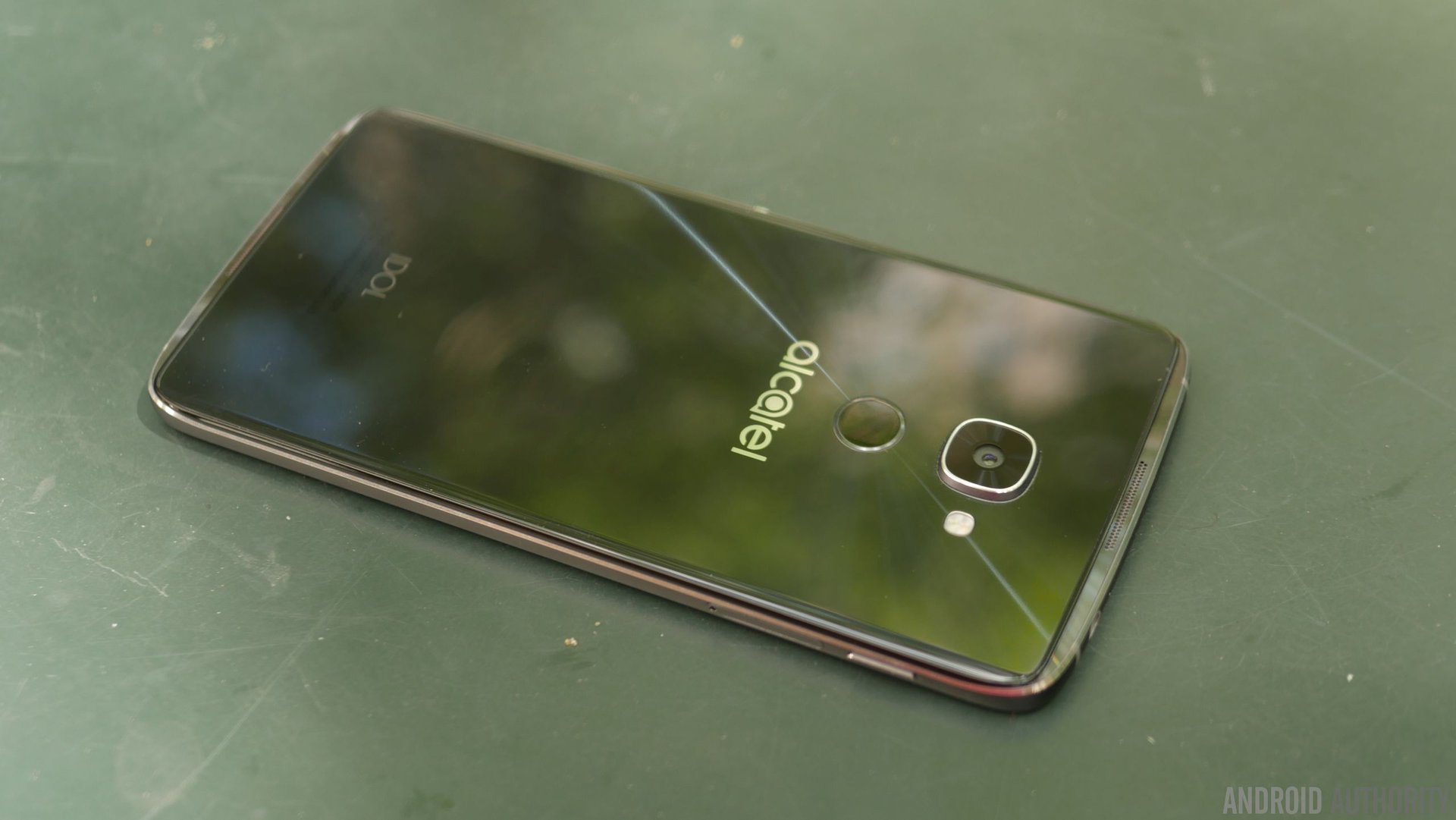
What makes it a little rough are some of the design choices, in particular the boom key. One of the key features of the Idol 4S, this has some unique features – more on that below – but is designed like and placed where a power button normally would be, which is odd at best.
Where’s the power button we hear you ask? Well it’s in the upper left corner and this means you’re always having to use your index button to operate it. In fact, if Alcatel were to offer the ability to swap these two buttons around, the Idol 4S would be a more appealing smartphone.
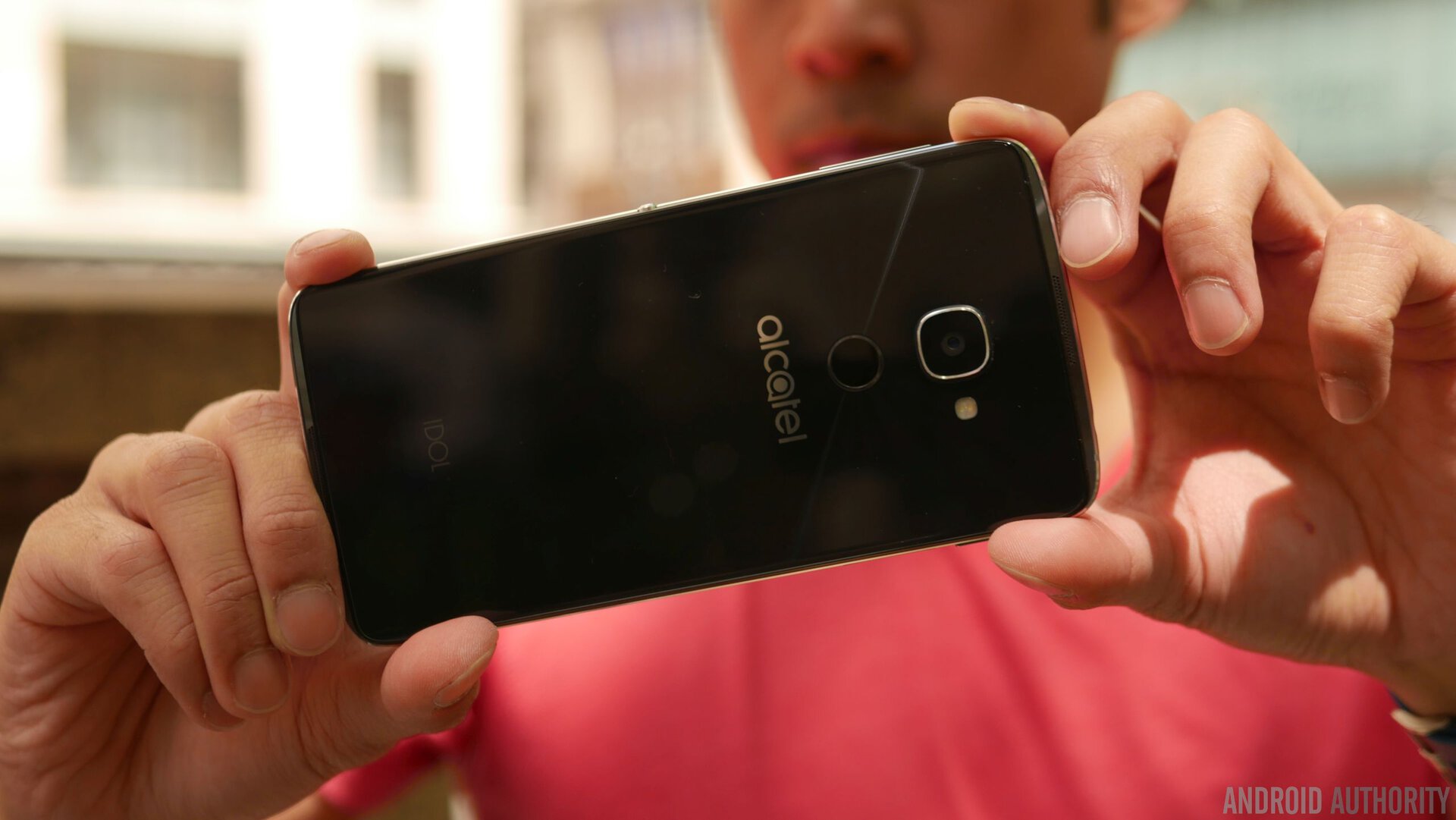
As we mentioned at the top, the Idol 4S has had a few tweaks since Mobile World Congress, and the release version actually sports a fingerprint sensor on the back. The sensor works well enough – when you can find it that is – but as it’s not recessed, it can be very difficult to locate immediately. Alcatel is including free cases as part of the Idol 4S bundle and these help to differentiate the fingerprint sensor from the rest of the smartphone.
Without doubt, audio is becoming a very important part of today’s smartphone experience and the Idol 4S doesn’t skimp in this department, with two front-facing 3.6-watt JBL certified speakers. The audio is powerful and sounds clean, and considering the price, are definitely very impressive.
Overall, the Idol 4S is certainly an impressively-designed smartphone and the switch to a glass-meets-metal design by Alcatel has proven itself to be a worthy successor. It’s not perfect, and needs a little refinement, but the design is definitely a plus.
Display
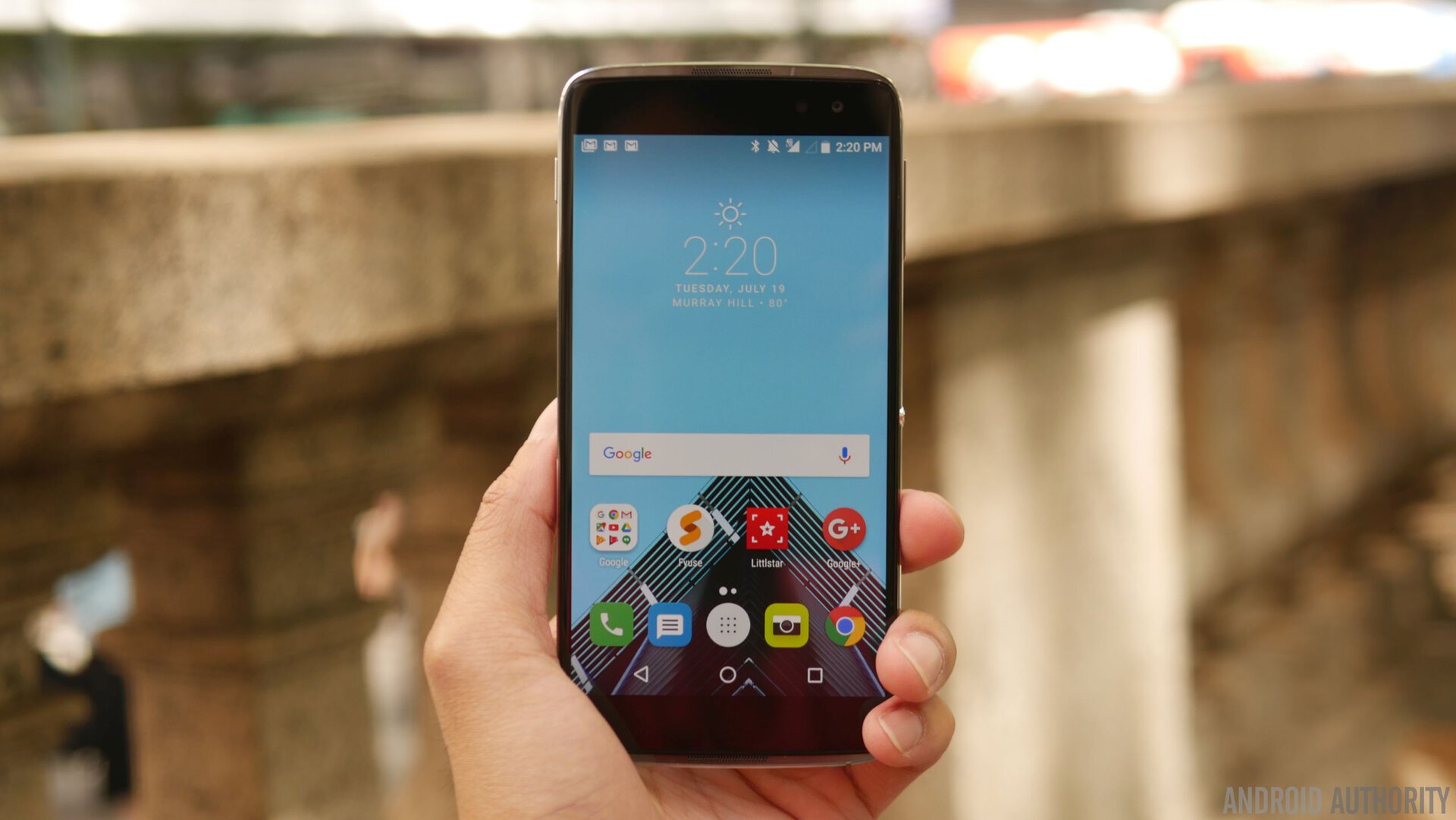
Last year’s Idol 3 offered Full HD resolution but this year, Alcatel have gone one step further by procuring a 5.5-inch Quad HD Super AMOLED panel from Samsung that certainly looks the part at first glance.
The display definitely increases the appeal of the device and with a max brightness of over 600 nits, it’s one of the brightest on the market. However, the screen is on the cooler side with its 7500 K color temperature and tends to produce saturated, unrealistic colors.
It’s not necessarily a bad thing but it’s also not entirely accurate, but it’s a minor quibble with what is otherwise a rather impressive display. You get the standard vivid colors and deep, vibrant blacks offered by a Samsung Super AMOLED panel – likely from a couple of years ago – without having to pay a large amount for it.
Hardware & Performance
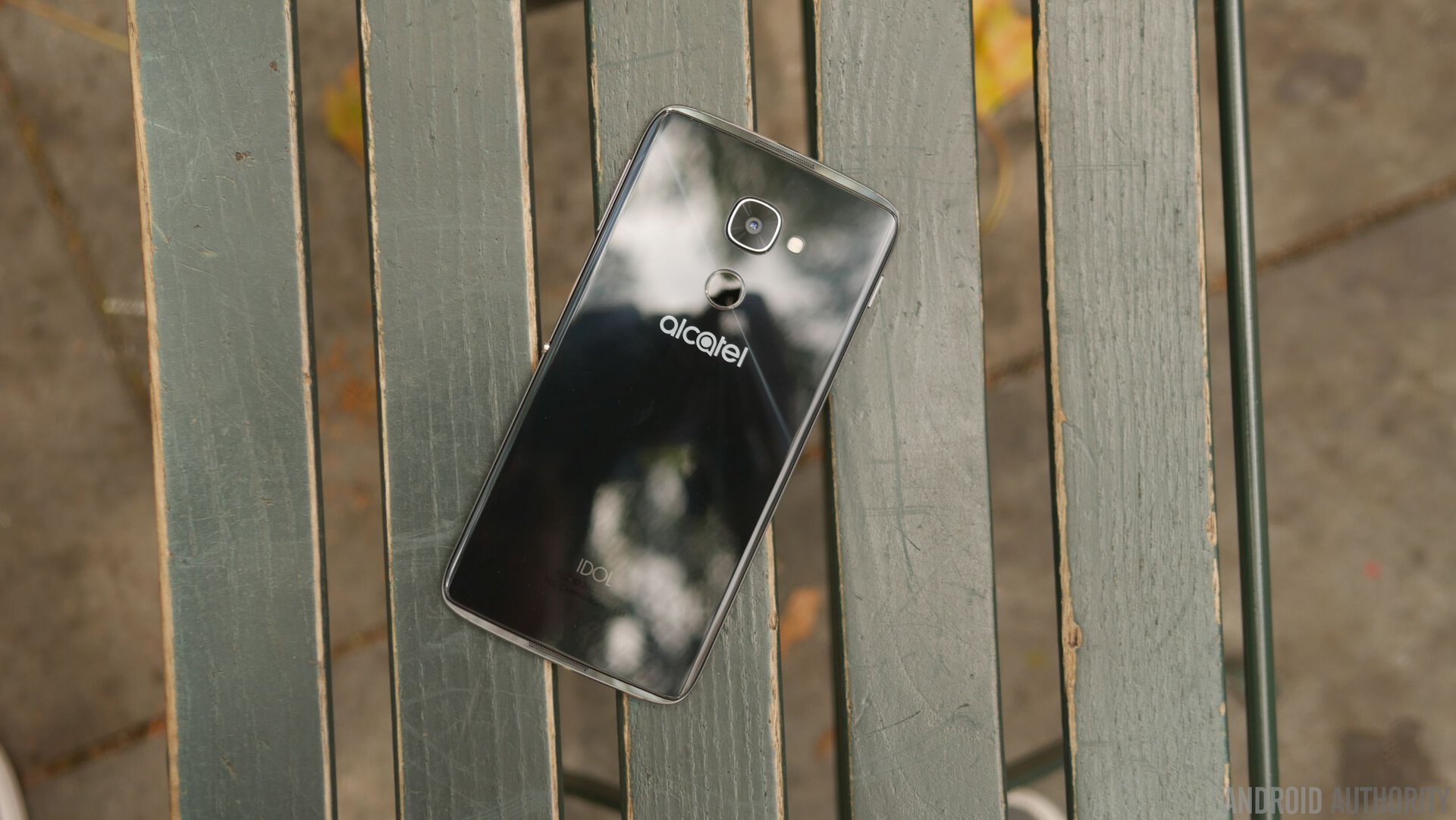
Under the hood is where the Idol 4S seems to have had cutbacks, at least on paper. Powered by a Snapdragon 652 processor with 3GB of RAM and an Adreno 510 GPU, the Idol 4S doesn’t quite appear to be on a par with devices like the Axon 7 and Xiaomi Mi 5 which all offer the newest Snapdragon 820 processor at a similar price point.
The Snapdragon 652 is comprised of a quad-core 1.8GHz Cortex-A72 chipset and a quad-core 1.4GHz Cortex-A3 chipset, both arranged in a big.LITTLE formation. The Snapdragon 652 SoC does hold up under most conditions but it certainly isn’t on the same level as the Snapdragon 820 and as such, you can expect to find a few glitches in performance during resource intensive tasks such as gaming. For day-to-day general usage, the Snapdragon 652 is more than capable and it definitely goes the full mile.
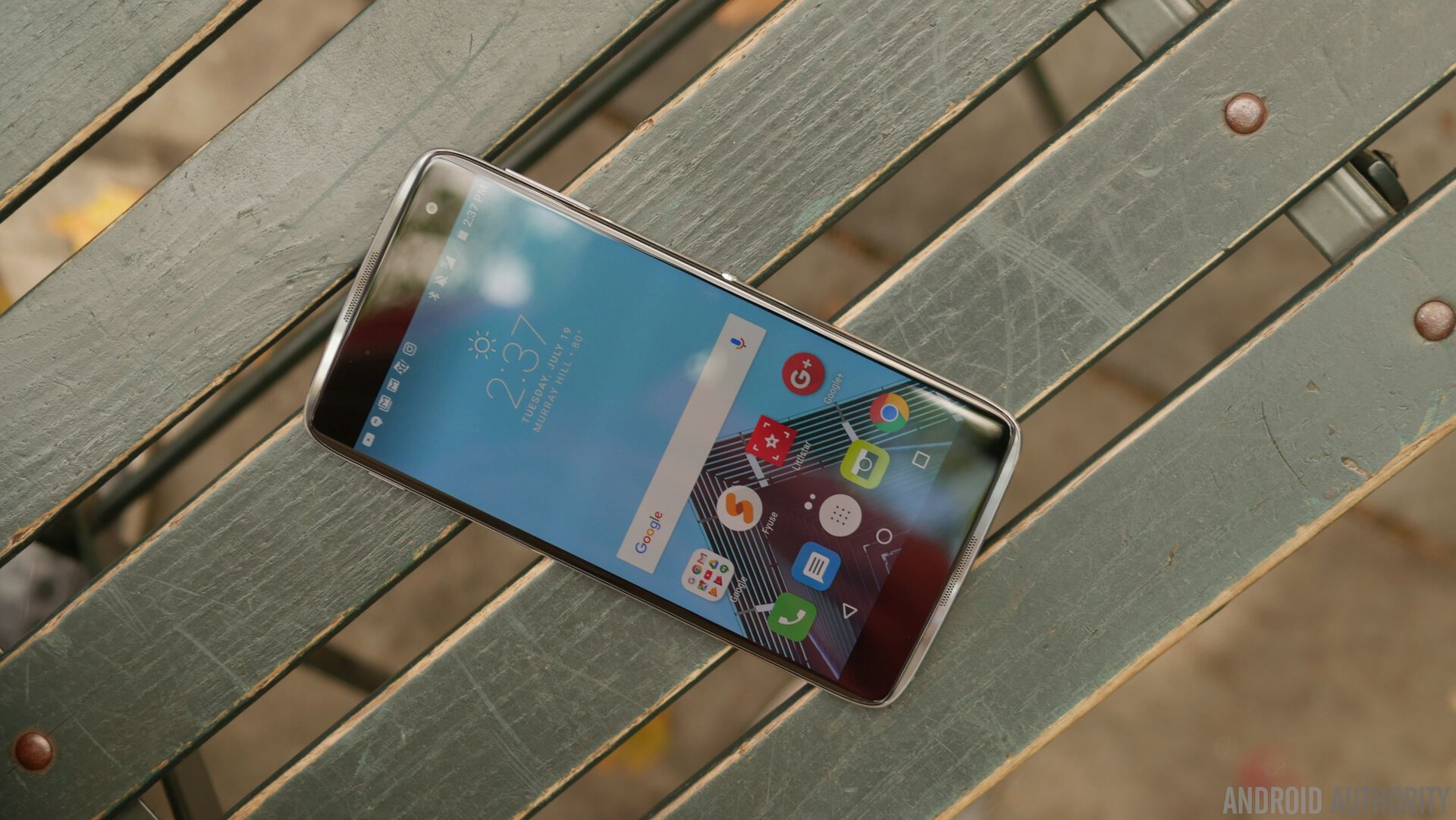
32GB storage also comes as standard on the Idol 4S and out of the box, you’ll have around 24GB available to use. Luckily, this can be expanded using the inclusive microSD card slot – which replaces the second SIM card slot – and lets you increase the storage by up to 256GB, although we don’t recommend using a card that’s full as read times can be particularly painful.
Call quality is surprisingly great with this smartphone. The volume output is pretty strong through the earpiece and also on speakerphone, but it’s made better with the clear tone of its quality. Voices have strong emphasis, which makes it even a breeze to chit chat when there’s some ambient noise around.
Elsewhere, other notable hardware features include Hi-Fi Audio through the excellent speakers, microUSB v2.0 (no USB-C here sadly), compatibility with Alcatel’s VR Googles and the usual plethora of connectivity options including dual-band Wi-Fi ac, Bluetooth 4.2, NFC and support for all US LTE bands (2, 4, 5, 7, 12, 17). If you need an affordable unlocked phone that works across GSM networks in the US, the Idol 4S certainly meets this requirement.
Battery
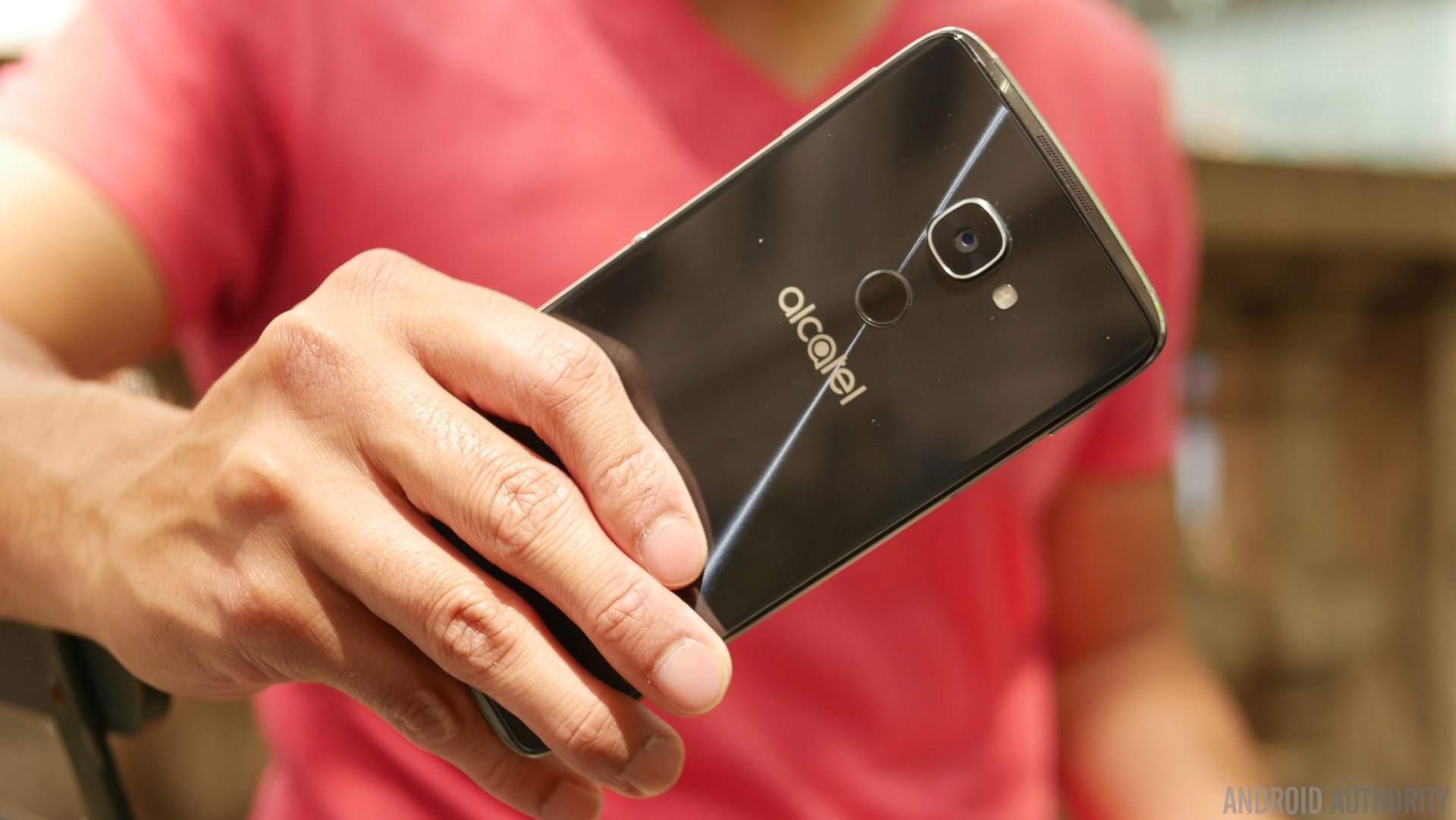
Under the hood, the Idol 4S is powered by a 3,000mAh non-removable battery that is quoted as offering up to two-days battery life. In general usage, the Idol 4S gets to 1.5 days with ease and with minimal usage, you can eek out two days with the device. For the most demanding users, it should be able to get through a full day’s usage.
For the times when your device is running low, the Idol 4S offers quick charging and can be charged to full in just under 90 minutes or to 60% in just 30 minutes. It’s not the fastest charging on the market but it is on par with most major current flagships. Overall, the battery isn’t the absolute best but firmly ranks as better-than-average and for the price point, is certainly impressive.
Camera
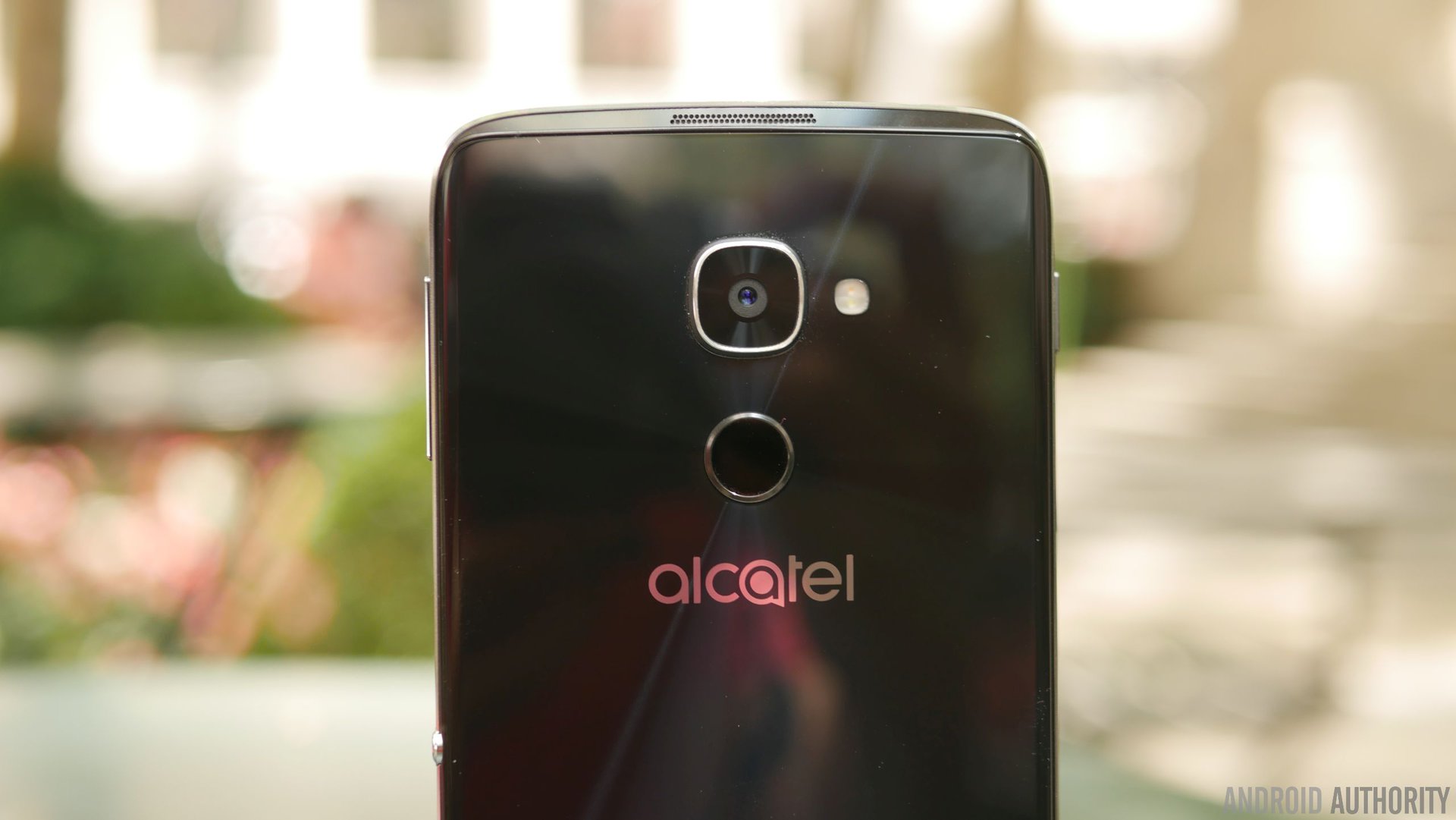
The improvements from Idol 3 to Idol 4S don’t end there as the camera also gets a welcome bump, with a new 16MP rear Sony sensor with f/2.0 aperture, phase detection autofocus and a dual-LED dual tone flash.
The camera produces details that are sufficient and colors tend to be rich in tone, but the Idol 4S struggles with dynamic range, as brighter areas tend to be overexposed. HDR does go someway to solving this problem which adjusts the exposure throughout the range but tends to make the photo appear a bit artificial.
For the most part, the camera is certainly capable and on par with others in this range but it’s not the greatest smartphone shooter and tends to be a little hit-and-miss. The lack of OIS proves to be a costly miss as shoots in both low light and day light can appear to be noisy.
In most low light conditions, the Idol 4S camera does struggle and pictures come out noisy and more susceptible to blurring. The auto-focus doesn’t quite nail exposure in low light photos but manually selecting the focal point can help find the right exposure for better low light images.
Overall, the camera certainly isn’t the best in an affordable flagship but it’s more than functional. While it mostly gets the job done, it’s worth noting that other devices do offer a better camera experience at a similar price point.
Software
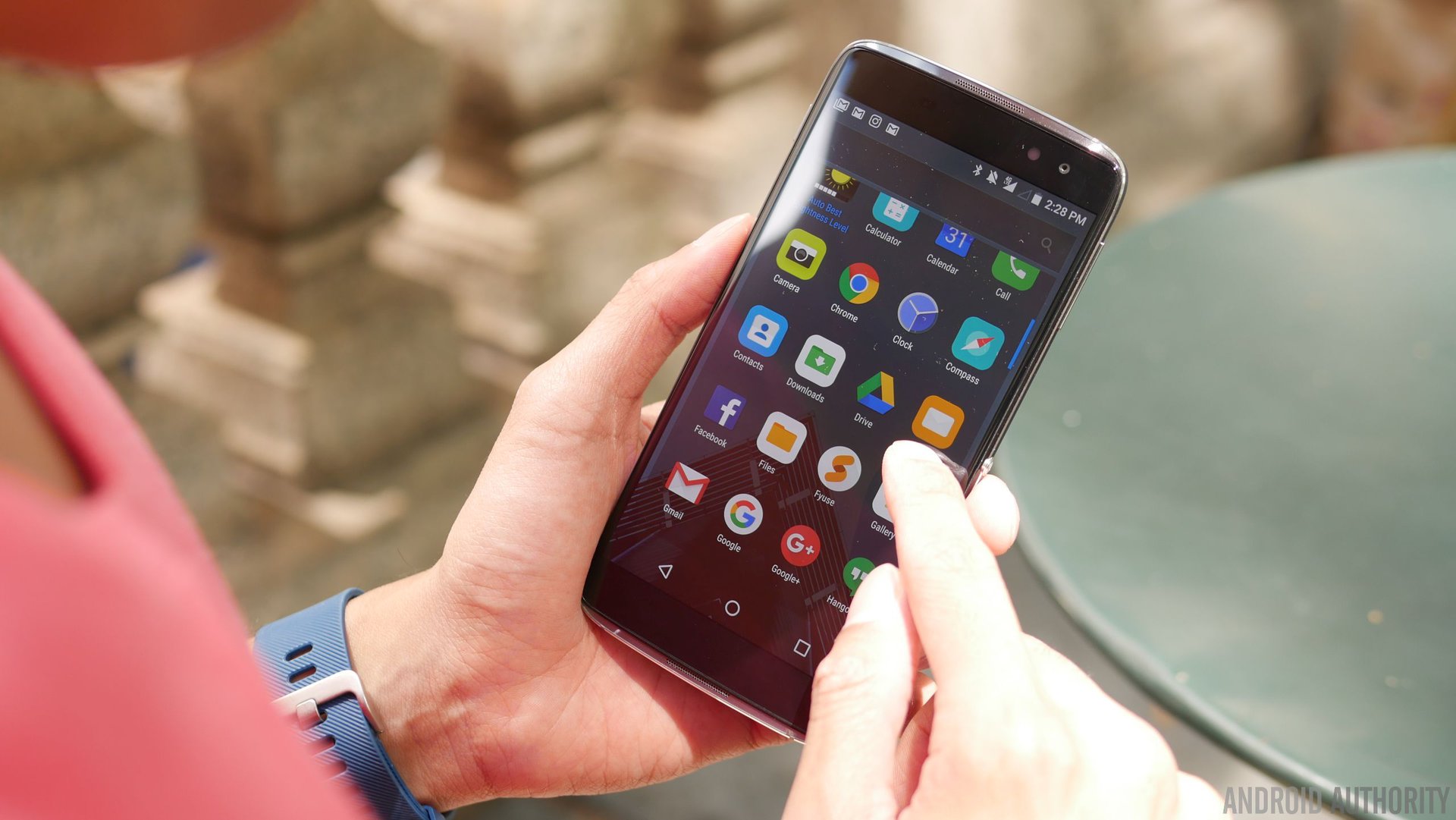
The Idol 4S runs Android Marshmallow with a few of Alcatel’s UX flourishes on top and for the most part, it’s one of the more pleasant interfaces on the market. By trying to remain faithful to the stock experience, the Idol 4S UX endears itself to purists and customizers alike.
Basic users will appreciate the simplicity and straightforwardness it offers, but power users will find themselves wanting more as the Idol 4S doesn’t quite have the feature set of a power-user-friendly OEM interface like Samsung’s TouchWiz.
The simplest way to describe the Idol 4S software experience is that it is very much one-step-at-a-time; while other interfaces do offer robust multitasking and are optimised for doing multiple things at once, the Idol 4S takes a more simplistic approach. It gets the job done… for the average consumer.
On the team, both Nirave and I have the Idol 4S and neither of us finds the boom key particularly useful. In truthful honesty, if the Idol 4S didn’t have a boom key, we wouldn’t be too upset and hence Alcatel allowing users to swap the functions of the power and boom keys would help improve the overall experience.
Specifications
| Display | 5.5-inch AMOLED display 1440 x 2560 |
|---|---|
Processor | Octa-core Qualcomm Snapdragon 652 processor |
RAM | 3GB |
Storage | 32GB of on-board storage |
MicroSD expansion | Yes, up to 512GB |
Cameras | 16MP rear camera 8MP front camera |
Battery | 3000mAh |
SIM type | Nano SIM |
Connectivity | Wi-Fi 802.11 a/b/g/n/ac, Wi-Fi Direct, NFC, Micro USB 2.0, Bluetooth 4.2 |
Software | Android 6.0 Marshmallow |
Dimensions | 153.9 x 75.4 x 6.99mm |
Gallery
Price
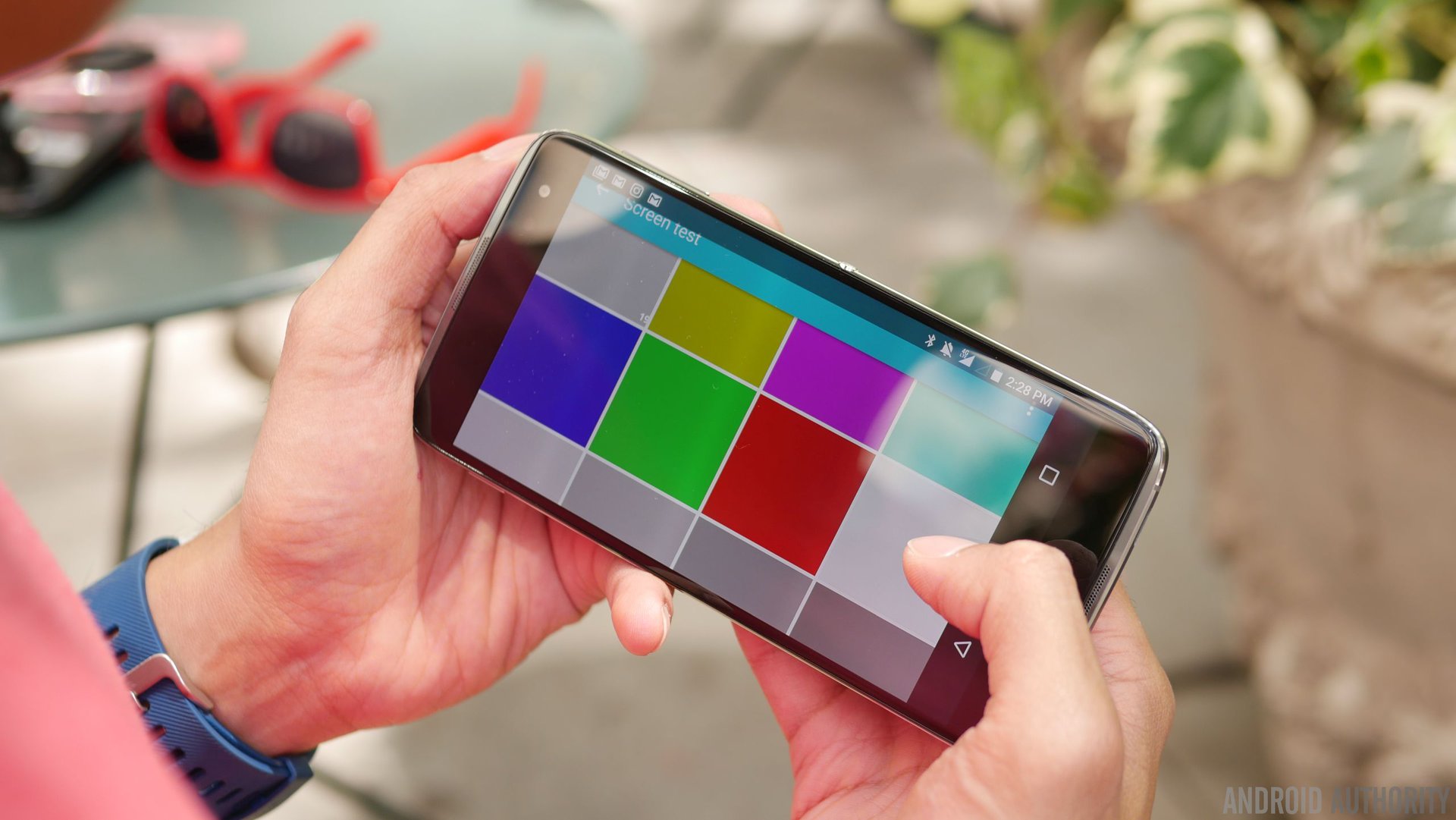
The Idol 4S may not be the perfect smartphone but it does deliver in several departments and considering the price, it’s definitely a worth contender in the affordable flagship battle.
When launched stateside, the Idol 4S will come as part of a bundle that includes Virtual Reality Goggles, JBL headphones in the box (which are very, very good), a screen protector and a free case from Incipio and at a pre-order price of $349.99, the Idol 4S is definitely great value for money.
If you choose not to pre-order the handset and instead wait for it to go on sale, it’ll cost you $399.99 and at this price, it’s still a very good purchase but it is in the range of slightly better handsets such as the ZTE Axon 7. Overall though, the Idol 4S is definitely a purchase we recommend though.
Conclusion
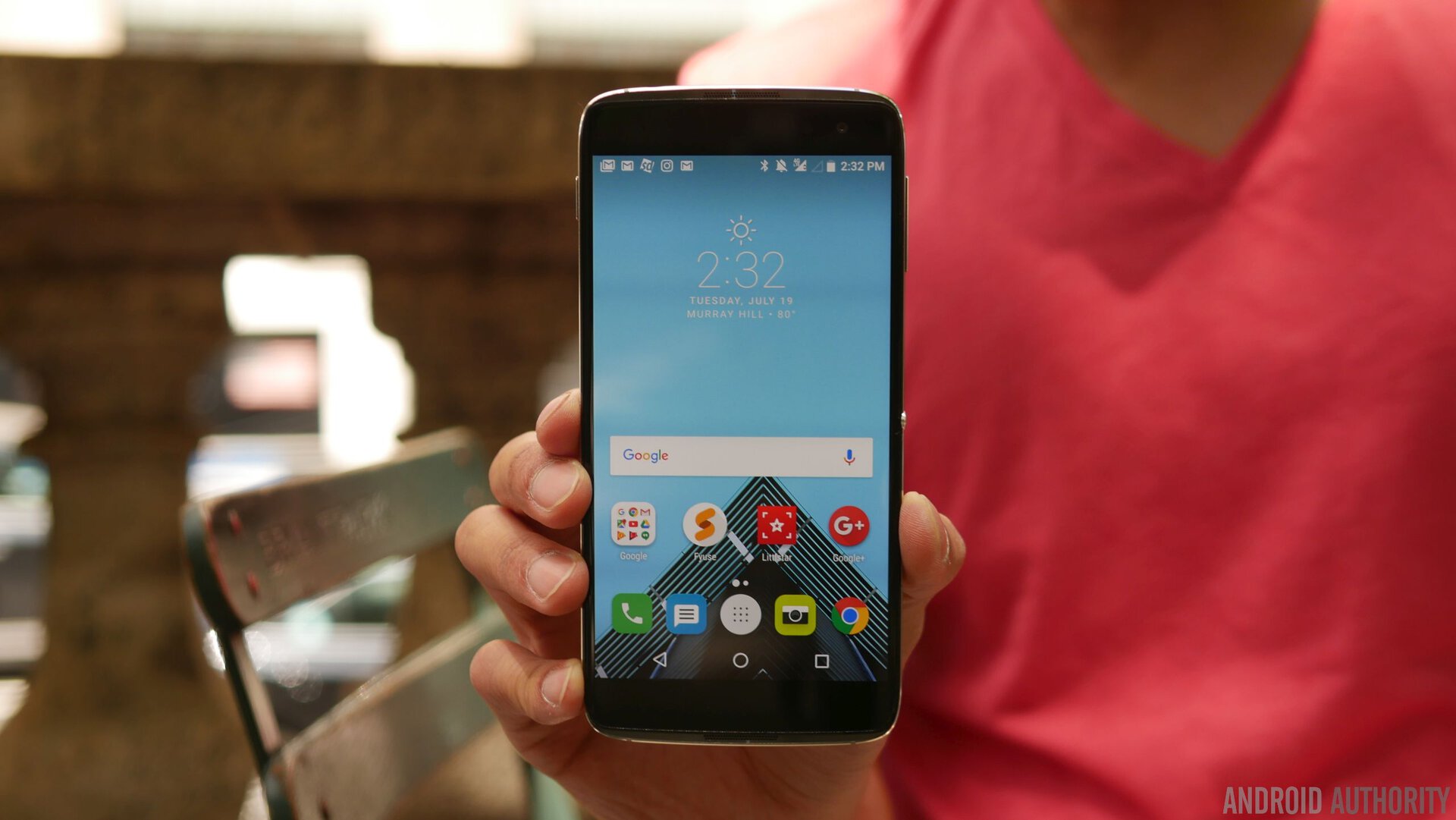
So there you have it, our in-depth review of the Alcatel Idol 4S and it’s clear that Alcatel has certainly made some huge strides since the Idol 3. In a bid to create an excellent smartphone that is still affordable, Alcatel did have to cut a few corners but this is to be expected and for the most part, it doesn’t quite detract away from the experience.
It’s always worth remembering that Alcatel isn’t just selling a phone here and instead, they’re selling a bundled experience. At the price of $400, the Idol 4S goes head to head with the likes of the Axon 7 and the OnePlus 3 and for the most part, it very much splits these two devices.
Last year’s starting price of $250 for the Idol 3 was undeniably head turning but at $400, the Idol 4S is tougher to like. That’s not to say we don’t; the affordable flagship market is ever increasingly competitive and the Idol 4S is definitely a worthy contender for this title.
What do you think of the Idol 4S and do you plan to buy one? If not, which handset would you buy? Is a big bundle enough to make you part with your money? Let us know your views in the comments below!